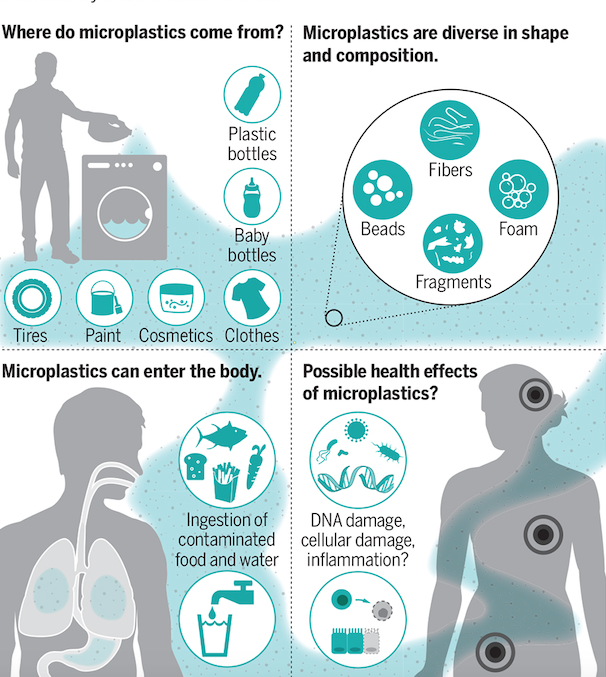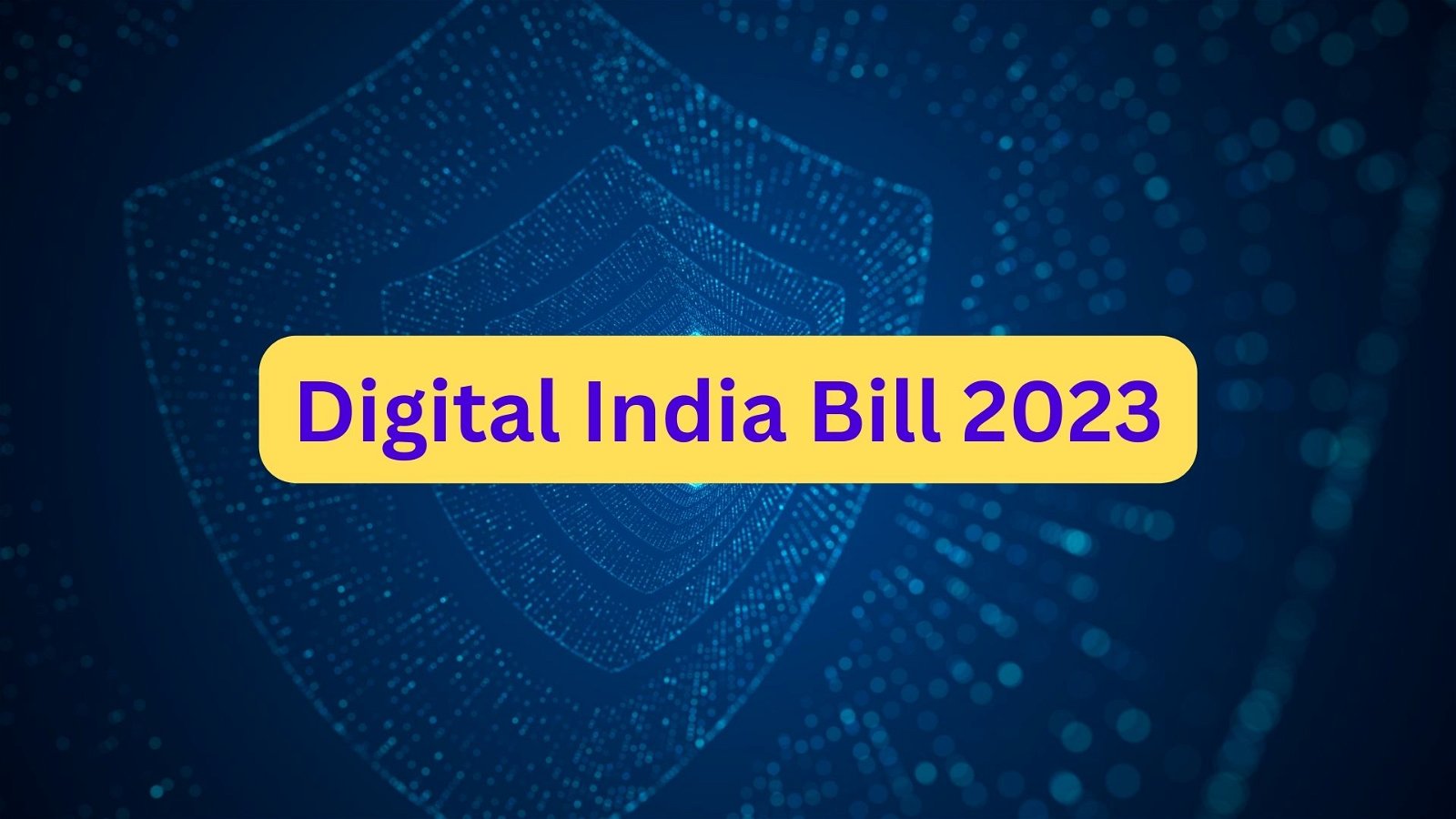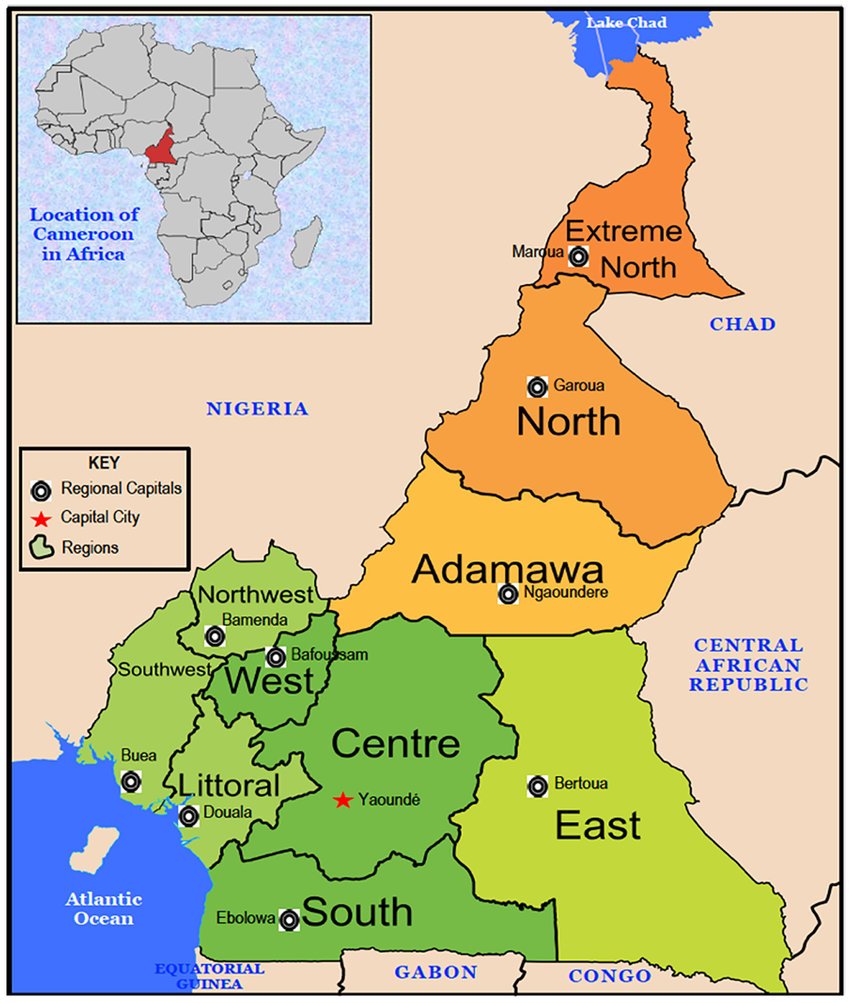
Current Affairs for UPSC Civil Services Exam – July 04, 2024
Subscribers of "Current Affairs" course can Download Daily Current Affairs in PDF/DOC
Subscribe to Never Miss an Important Update! Assured Discounts on New Products!
Must Join PMF IAS Telegram Channel & PMF IAS History Telegram Channel
{GS2 – Governance – Issues} Industrial accidents
- Context (TH): A chemical reactor explosion in Dombivli (MH) resulted in the loss of lives and injuries.
Frequent industrial accidents in Maharashtra
- Reports show fatal industrial accidents were frequent in 2016, 2018, 2020 and 2023.
Causes
- Not implementing relocation: The Maharashtra govt. is guilty of not relocating 156 chemical factories in the Dombivli MIDC area even after “deciding” in 2022 to relocate them to Patalganga.
- Lacunae in enforcement: The boiler in the chemical factory was not registered under the Indian Boiler Regulations, 1950.
- Poor inspection: The Directorate General Factory Advice Service & Labour Institutes report, 2022, indicates poor inspection, possibly due to fewer staff and more workload.
- In 2021, 23.89% of hazardous & 8.04% of registered factories were inspected in Maharashtra.
- The all-India figure of 14.65% and 26.02%, respectively, is unsurprising.
- Lower prosecution rate: With a poor prosecution rate of 6.95% in Gujarat, 13.84% in Maharashtra, and 14.45% in Tamil Nadu, inspections lose their “deterrent effect.”
- Corruption in inspection system: In a report, the Maharashtra Industry Development Association admitted an “understanding” between the auditors and factory owners or managers.
- Liberalisation of laws: Liberal reforms, including Self-certification, randomised inspections, online inspections, and third-party certification, violate several articles in the International Labour Organization’s Labour Inspection Convention (081), 1947.
Way forward
- Penal system for enforcers: Penal system for enforcers is a must, facilitating complete legal compliance.
- Inspectors can “inspect” and “facilitate” due compliance with laws to employers and unions.
{GS2 – Vulnerable Sections – PwDs} Inclusive sports manual for PwD
- Context (TP): Kerala has created an inclusive sports manual to promote the sporting talents of differently abled children.
- The inclusive sports programme aims to promote sports by allowing individuals with different kinds of disabilities and those without disabilities to participate.
- This is the first time in the country that such a book is being prepared for parents.
{GS2 – Governance – Initiatives} Sampoornata Abhiyan
- Aims to achieve saturation of the six key indicators in Aspirational Districts and Aspirational Blocks.
- Six identified KPIs across Aspirational Districts relate to pregnant women’s nutrition and care, immunisation, soil health card, school with functional electricity, and textbook distribution.
- Six identified KPIs across Aspirational Blocks include Antenatal Care (ANC), Diabetes and Hypertension screening, Supplementary Nutrition under the ICDS Programme, Soil health card and SHG funding.
{GS3 – Agri – Organic Farming} ‘Jaiva Gramam’ Campaign
- Context (TH): The ‘Jaiva Gramam‘ campaign, a new initiative to promote organic farming, has been launched in Karumalloor panchayat, Ernakulam district, Kerala.
- The campaign was introduced as part of the ‘Njattuvela‘ observance, with backing from the grama panchayat and Lions Club of North Paravur.
- It was launched to encourage households to grow their own vegetables for the upcoming Onam season.
- It aims to support individuals in organic farming, especially in overcoming marketing challenges.
- The program will provide participating farmers with vegetable saplings, fertilisers, and agricultural implements at subsidised rates. Also, participants will interact with experienced farmers.
- It aims to create a sustainable agricultural growth model, promote self-sufficiency in vegetable production, and preserve Kerala’s rich farming heritage for the economic benefit of farmers.
{GS3 – S&T – Bodies} Anusandhan National Research Foundation (ANRF)
- Context (TH): The recently announced executive and governing boards of the Anusandhan National Research Foundation (ANRF) have no representation from Indian industry and state universities.
Current Board Composition
- The board is primarily composed of government officials and department secretaries.
- The 15-member Governing Board, as notified, includes only one industrialist and two Universities.
- The ANRF Act, 2023, explicitly allows appointing up to five members from business organisations or industries onto the governing board.
|
ANRF’s Expanded Scope and Funding Structure
- The ANRF expands the definition of research to include humanities and social sciences.
- Unlike SERB, ANRF can fund and receive money from private and international sources.
- It has been allocated ₹2,000 crore for the 2024-2025 financial year.
|
Anusandhan National Research Foundation (ANRF)
- The Anusandhan National Research Foundation (ANRF) was created through the ANRF Act 2023.
- The ANRF will act as a central hub, seeding, growing, and promoting R&D activities across India’s universities, colleges, research institutions, and R&D labs.
- It aligns with the recommendations outlined in the National Education Policy (NEP), ensuring that research efforts align with national educational objectives.
- The ANRF fosters collaboration between industry, academia, government departments, and research institutions and creates a platform for participation and contribution.
{GS3 – IE – Securities} SEBI’s Notice to Hindenburg
- Context (IE): Hindenburg Research announced receiving a show cause notice from the Securities and Exchange Board of India (SEBI) regarding its short-selling of Adani Enterprises Ltd (AEL) shares.
- In 2023, Hindenburg Research released a report accusing the Adani Group of stock manipulation and accounting fraud, which led to the cancellation of Adani Enterprises’ follow-on public offer.
|
SEBI’s Allegations and Hindenburg’s Response
- SEBI issued a show cause notice to Hindenburg Research, alleging collusion with certain entities to profit from advance knowledge of their report on Adani.
- Hindenburg dismissed SEBI’s notice as an attempt to silence whistleblowers. They argued that their short position on Adani was publicly disclosed and denied any wrongdoing.
- Hindenburg earned approximately $4.1 million in gross revenue from Adani shorts via their investor relationship and around $31,000 from their short position on Adani US bonds.
{GS3 – Envi – CC} Alaskan Glaciers on the Brink
- Context (DTE): A recent study in Nature Communications reveals that the Juneau Icefield, spanning Alaska and British Columbia, is experiencing rapid glacial retreat.
|
- Glacier shrinkage between 2015-2019 was five times faster compared to the mid-20th century.
- Alaskan icefields account for 25% of global glacier ice loss and are major contributors to global sea level rise. At this pace, all Alaskan ice could disappear within 250 years.
Cause of Acceleration
- The ice loss coincides with a 1.39°C temperature rise at Juneau Airport from 1941 to 2020.
- The researchers link the temperature rise to a shift in the Pacific Decadal Oscillation (PDO), a long-term fluctuation in Pacific Ocean temperatures, which switched to a warm phase around 1976. This increased precipitation and warmer temperatures in Alaska and Juneau, accelerating glacier melt.
- A key factor in this acceleration is the rising Equilibrium Line Altitude (ELA), the zone where snowfall balances melting throughout the year.
- As the ELA rises, a greater surface area is exposed to melting, amplifying ice loss across entire ice field.
{GS3 – Envi – Conservation} Global Biodiversity Framework
- Context (DTE): A report by the IUCN reveals that Eastern and Southern Africa is halfway to achieving the coverage goal of the Global Biodiversity Framework (GBF) Target 3 or 30 x 30 target.
|
- Till now, the region has protected 17.24% of its land, covering 5,544 protected and conserved areas.
- The report highlights the increased involvement of indigenous peoples and local communities in conservation. Of the 316 protected areas they govern, 35.44% are in Namibia, with the rest in Kenya, Madagascar, Mozambique, Tanzania, and one site in Botswana.
Challenges in the Implementation of 30 x 30 Target in the Region
- Variability within the region: 38% of countries remain below 10% in terrestrial coverage.
- Government-driven initiative: Stakeholders, including Indigenous peoples, local communities & private sector, are less involved.
- Dispersion of mandates across various ministries: It leads to inefficiencies and coordination difficulties.
{GS3 – S&T – Innovation} Anti-Insecticide Fabric*
- Context (TH): The Institute for Stem Cell Science and Regenerative Medicine (inStem), in Bengaluru, have developed an anti-insecticide fabric that neutralises organophosphate-based pesticides.
- The nucleophilic small molecules covalently bonded to the fabric can detoxify pesticides through nucleophile-mediated hydrolysis upon contact.
- The fabric retains the anti-insecticide property even after washing 150 times.
- Advantage: It will protect farmers from chronic toxicity due to repeated pesticide exposure.
Nucleophile
- A nucleophile is a chemical species that donates an electron pair to form a chemical bond in a reaction.
- It is typically attracted to positively charged or electron-deficient areas in molecules, allowing it to react with and neutralise substances such as pesticides.
Organophosphate-Based Pesticides
- Organophosphate-based pesticides are a class of insecticides that work by inhibiting an enzyme in insects’ nervous systems called acetylcholinesterase (AChE), critical for neuromuscular function.
- When this enzyme is inhibited, it leads to a buildup of acetylcholine (ACh), which disrupts the normal transmission of nerve impulses and leads to paralysis and death in insects.
- Commonly used such pesticides include parathion, chlorpyrifos, diazinon, dichlorvos, phosmet, fenitrothion, tetrachlorvinphos, azamethiphos, azinphos-methyl, malathion, and methyl parathion.
- Toxicity: These pesticides can be toxic to humans and animals with repeated exposure. It causes learning deficits, suffocation, paralysis, muscle weakness, etc.
{GS3 – S&T – Space} Spiral Galaxy
- Context (TH): Study using NASA’s James Webb Space Telescope has found evidence of spiral galaxies only half a billion years after the Big Bang.
- A spiral galaxy features a flat, rotating disk of stars, gas, and dust, with a central bulge of older stars. Spiral arms extend outward from the bulge, often hosting active star formation. For e.g., Milky Way and Andromeda Galaxy.
Galaxy
|
Earlier Belief
- As the universe cooled down from a dense plasma state, it contained more and more hot gas. They formed clumps of matter that eventually gravitated to become galaxies.
- These early galaxies had irregular shapes and lacked disks. But over billions of years, they cooled into hot, thick disks that eventually thinned into spiral arms.
- But the new study shows that this cooling down and spiral formation occur around the same cosmic time.
{GS3 – S&T – Tech} Top Quark *
- Context (TH): Scientists at the Large Hadron Collider have reported the most precise measurement of the most massive subatomic particle known, the top quark.
- Physicists discovered the top quark in 1995 at a particle accelerator in the US called the Tevatron.
- The top quark is 10 times heavier than a water molecule, roughly 3 times heavier than a copper atom, and about 95% as heavy as a caffeine molecule.
- The high mass makes the top quark so unstable that it could break up into lighter, more stable particles in less than 10−25 seconds.
- Measuring a top quark’s mass is difficult because of its short lifetime of less than 10−25 seconds.
- Higgs bosons interact most strongly with it, which is why it is the most massive subatomic particle.
How a Particle Acquires Mass
- A particle’s mass is equal to the sum of masses contributed from multiple sources.
- An important source for all elementary particles is the Higgs field, which pervades the entire universe.
- A ‘field’ is like a sea of energy, and excitations in the field are called particles. For e.g., an excitation of the Higgs field is called the Higgs boson, while an ‘electron field’ is called the electron.
- All these fields engage with each other in specific ways. For e.g., when the ‘electron field’ interacts with the Higgs field at energies much less than 100 GeV, the electron particle will acquire some mass.
- The same thing goes for other elementary particles.
- Elucidating this mechanism won François Englert and Peter Higgs the 2013 Nobel Prize in physics.
|
Why Top Quark’s Mass is Important
- Testing the Standard Model: An accurately measured top quark mass allows physicists to verify the Standard Model’s internal consistency and identify potential areas where it might be incomplete, hinting at new physics beyond it.
- Higgs Boson Interaction: Because of its strong interaction with the Higgs field, studying its mass helps physicists indirectly probe the properties of the Higgs boson itself and further our understanding of how particles acquire mass.
- The Fate of the Universe: Even if the Higgs field is slightly stronger than it is now, the atoms of most chemical elements will be destroyed, taking stars, galaxies, and earthlife with them.
|
Large Hadron Collider (LHC)
- LHC is the world’s largest science experiment, built by the European Organisation for Nuclear Research (CERN). It is located outside Geneva.
- It is a collider which accelerates two beams of particles (hadrons) in opposite directions and smashes them head-on. A hadron is a subatomic particle made up of smaller particles.
- The LHC typically uses protons, which are made up of quarks and gluons.
- It energises the protons by accelerating them through a narrow circular pipe that is 27 km long.
Achievements of LHC
- Discovered the Higgs boson or God’s Particle in 2012.
- Tested the predictions of the Standard Model of particle physics.
- Observed exotic particles like pentaquarks and tetraquarks.
{Prelims – Geo – Evolution} Ancient Ostrich Nest Unearthed in Andhra Pradesh
- Context (IE): Archaeologists have unearthed a 41,000-year-old ostrich nest in Prakasam, Andhra Pradesh. This discovery is considered the world’s oldest known ostrich nest.
Megafauna
- Megafauna refers to animals weighing over 50 kg, a term first coined by Alfred Russel Wallace in 1876.
- These large animals are classified as megaherbivores, mega carnivores, or mega omnivores based on their diets. Ostriches, weighing 90-140 kg and 7-9 feet tall, fall into the mega omnivore category.
Co-evolution hypothesis
- A study by Yale and the Smithsonian’s National Museum of Natural History (2020) suggests large animal extinction in India began around 30,000 years ago, coinciding with human arrival.
- This research supports the “co-evolution hypothesis,” which proposes that fauna’s resilience to extinction may have resulted from coevolution with hominins (humans and their relatives).
- It proposes that geographic isolation and environmental changes may have accelerated extinction.
Previous Evidence of Ostriches in India
|
About Ostrich
- The ostrich is a flightless bird and the world’s largest avian species.
- The ostrich is the tallest and heaviest bird in the world.
- They inhabit the savannas and desert regions of Africa.
- It derives most of its hydration from its plant-based diet.
- Ostriches are exceptional runners and can achieve sprint speeds of up to 43 miles per hour.
- Ostriches live in small herds, typically of fewer than a dozen birds. These groups are led by alpha males who mate primarily with the dominant hen.
- IUCN Status: Least Concern.

Credits: Wikipedia
{Prelims – In News} PLI Scheme for Critical Mineral Recycling
- Context (IE): The Ministry of Mines is considering a Production Linked Incentive (PLI) scheme to promote the recycling of critical minerals in India.
- It aims to strengthen domestic supply chains and foster a circular economy, especially in light of the slight response to recent critical mineral block auctions.
- It aligns with NITI Aayog’s policy recommendations and complements the Battery Waste Management Rules (BWMR) 2022, which mandate phased recycling of used EV lithium-ion batteries from 2026.
- The scheme aims to incentivise e-waste recycling or “urban mining” to recover critical minerals such as lithium, copper, cobalt, graphite, chromium, and silicon.
- India’s e-waste generation, especially solar PV module waste and EV batteries is expected to surge due to growth in renewable energy infrastructure and EV adoption.
|
Battery Waste Management Rules (BWMR), 2022
- The Battery Waste Management Rules (BWMR) addresses battery waste management due to the rise of electric vehicles (EVs) and renewable energy storage.
- It applies to all batteries, including lead-acid and lithium-ion, and covers manufacturers, importers, assemblers, and re-conditioners.
- Extended Producer Responsibility (EPR): Manufacturers and importers must collect and recycle end-of-life batteries, setting up collection mechanisms from consumers and dealers.
- The rules include provisions for penalties in case of non-compliance with the EPR obligations.
- Phased targets for battery collection, starting at 30% for lithium-ion batteries in the first two years, increasing to 70% by the seventh year.
- The rules mandate minimum recovery rates for various materials in batteries. Lithium-ion batteries’ recovery rates are set at 70% for cobalt, 95% for copper, and 90% for nickel.
- Battery manufacturers and importers must register with the Central Pollution Control Board (CPCB). They must submit annual returns on the collection and recycling of used batteries.
{Prelims – Envi – Species} New Horned Frog Species
- Context (TH): Researchers from the Zoological Survey of India (ZSI) have discovered a new species of forest-dwelling horned frog in Talle Wildlife Sanctuary, Arunachal Pradesh.

Credits: The Hindu
- The frog, named Xenophrys apatani, represents a significant addition to India’s herpetofaunal (reptiles and amphibians) diversity. The new species has been named after the Apatani community.
- Xenophrys is a genus of frogs commonly known as horned frogs or megophryid frogs.
Talle Wildlife Sanctuary
- It is located in the Lower Subansiri district of Arunachal Pradesh.
- It is part of the Eastern Himalayas biodiversity hotspot.
- The sanctuary is close to areas inhabited by the Apatani and Nishi tribes.
- The river Subansiri flows through this sanctuary.
- It is rich in diverse flora, including bamboo, orchids, and rhododendrons.
- Clouded leopards, Himalayan black bears, red panda, and barking deer are important faunal species.
|
{Prelims – In News} Havildar Abdul Hamid *
- Context (IE): The RSS chief released a book on Hamid, ‘Mere Papa Paramvir,’ & ‘Bharat ka Musalman.’
- Abdul Hamid laid his life down while fighting Pakistan Army’s Patton tanks in the Battle of Asal Uttar.
Battle of Asal Uttar
- Location: Situated in Punjab, Asal Uttar, near the India-Pakistan border.
- Pakistan Army launched an offensive capturing many parts of Khem Karan in Septemeber 1965.
- They aimed to reach the bridge over the Beas River and cut off large areas of Punjab, including Amritsar, from the rest of India.
- Indian army Lt. Gen Harbaksh Singh advised stout defence of the Asal Uttar road junction.
- It was one of the largest tank battles fought during the 1965 India-Pakistan War.
Contribution of Abdul Hamid
- At the time, Hamid served with the 4th Grenadiers Battalion of the Indian Army.
- He led a detachment of Recoilless Guns, hunting for enemy tanks in the villages around Asal Uttar.
- In doing so, Hamid came under fire from another Pakistani tank and lost his life.
- Hamid was awarded Param Vir Chakra — India’s highest gallantry award — posthumously.







![PMF IAS Environment for UPSC 2022-23 [paperback] PMF IAS [Nov 30, 2021]…](http://pmfias.b-cdn.net/wp-content/uploads/2024/04/pmfiasenvironmentforupsc2022-23paperbackpmfiasnov302021.jpg)













It’s been 2-4 days, kindly add Current Affair related to Snowblind Malware.
Also, My request is regarding Current affairs and Editorials.
Just like your team has done beautifully to segregate the PYQs for prelims as per the topics. Can your team also segregate the Current affairs and Editorials as per the topics provided in UPSC mains . It will be very helpful to prepare a topic thoroughly while studying it and making value addition using current affairs and editorials.
Regards
30 x 30 target is a global initiative under which countries must at least 30% of their terrestrial, inland water, marine, and coastal areas by 2030.
This point is incomplete.
What is Biodosimetry? Missed Current affairs